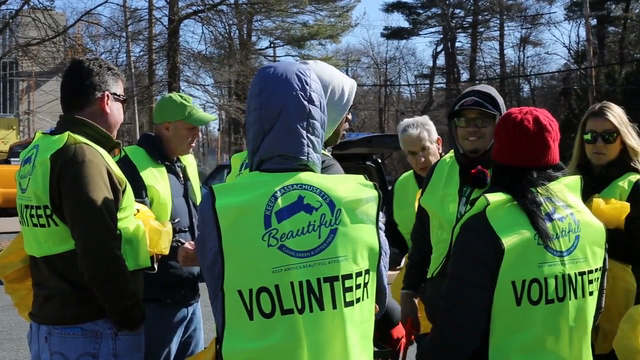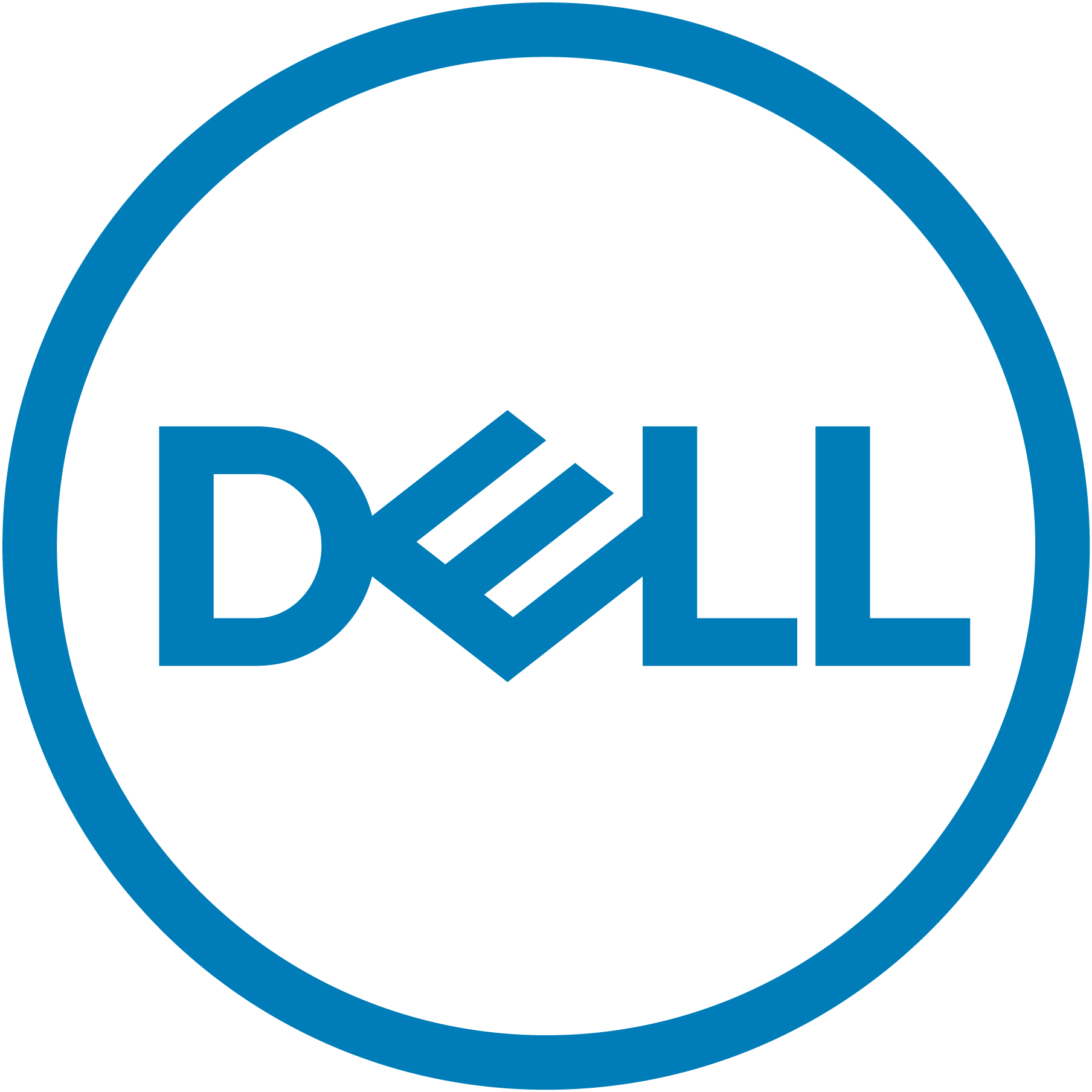Dell | Achievements in Circular Design and Sustainability
by David Lear
Originally published on Direct2Dell
Today is Earth Day, a day I typically take on the role of Chief Electric Bicyclist, generating power for our Earth Day celebrations at the Dell Technologies headquarters.
But beyond getting exercise, it’s also a day that we mark at Dell Technologies by teaming up to clean up our local environments. We have a record 60 events happening around the globe this year!
We also use the day to reflect on our progress against our comprehensive set of sustainability goals.
One of our key focus areas is to challenge ourselves to apply circular design principles to our product design, packaging design and operations to ensure materials are kept and reused as long as possible, maximizing their value and reducing waste.
We are making steady progress and, in some cases, exceeding our goals…
- In January, we reached our 2020 goal of recovering two billion pounds of used electronics, a year ahead of schedule.
- This month, we met our 2020 circular economy goals to use 100 million pounds of recycled-content, plastic and other sustainable materials in our products.
These are nice milestones, but given the increasing urgency our customers feel for environmental issues, we cannot stand still.
Today I’m excited to share a few new initiatives that continue to push the limits on sustainable innovation and continue to advance a circular economy.
Recently, our teams developed a process to use recycled material, Polyvinyl Butyral (rPVB), from car windshields to create the protective, waterproof lining of Dell laptop bags and backpacks. We’re also using an innovative method of solution dyeing for these backpacks, which results in 90% less wastewater and 29% less energy, while generating 62% fewer CO2 emissions compared to typical piece-dyeing. The first bags and backpacks with rPVB began shipping in February and are forecasted to avoid approximately 74,000 pounds of landfill waste per month.
Additionally, in partnership with suppliers Seagate and Teleplan (a storage device recycling/recovery specialist), we identified a new closed-loop process to recover the rare earth magnets from recovered enterprise equipment. The magnets are reformed for reuse in new hard-disk drives. In the initial pilot program, we are using the reformed magnets in 25,000 Seagate hard drives for our Dell Latitude 5000 series laptop. Reusing rare earth metals helps us avoid the need to mine the earth, which can cause environmental damage and health concerns for local communities.
In other words, in addition to reusing plastics, carbon fiber from aerospace, and gold, your Dell technology now contains windshields from automobiles and magnets from your recycled tech.
For us, materials are a source of constant innovation. There are endless opportunities to repurpose and recycle so we don’t need to pull from our planet’s natural resources. You never know what could be next. My colleague, Darrel Ward, senior vice president for Dell Commercial Client Product Group, sums it up perfectly: “From tiny gold components to large plastic chassis, the sustainable materials portfolio we’ve built is a testament to our innovation. Pound by pound, we’ve not only shattered our goal—we’ve shown the industry what’s possible when you pursue circular approaches.”
We all have a role to play to be good stewards for our planet, and we want to make it as easy as possible for you to recycle your used technology responsibly. We have redesigned our global recycling website, dell.com/recycle to make it easier than ever for customers to find the right solution to responsibly recycle their obsolete equipment. We encourage you to explore your options and empty your closets of old devices so we can put that material to good use for you. The planet thanks you.




